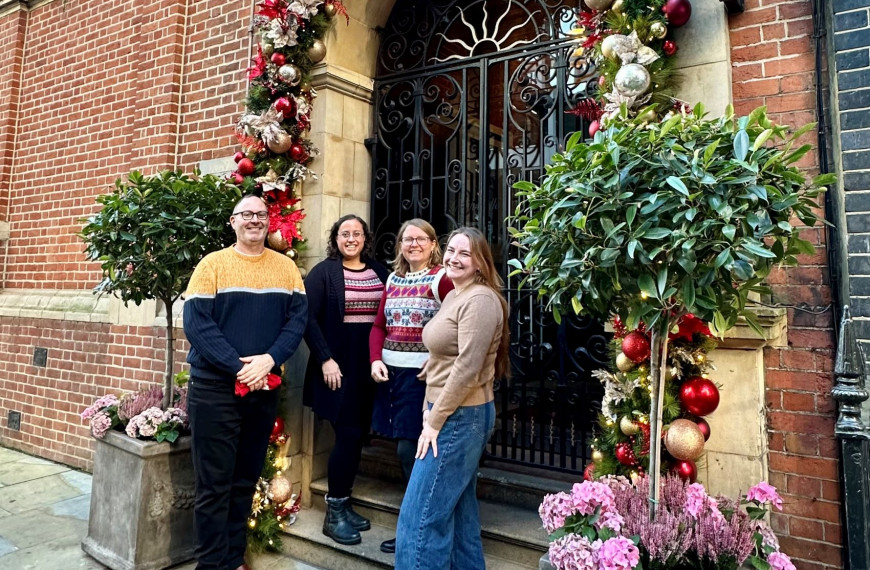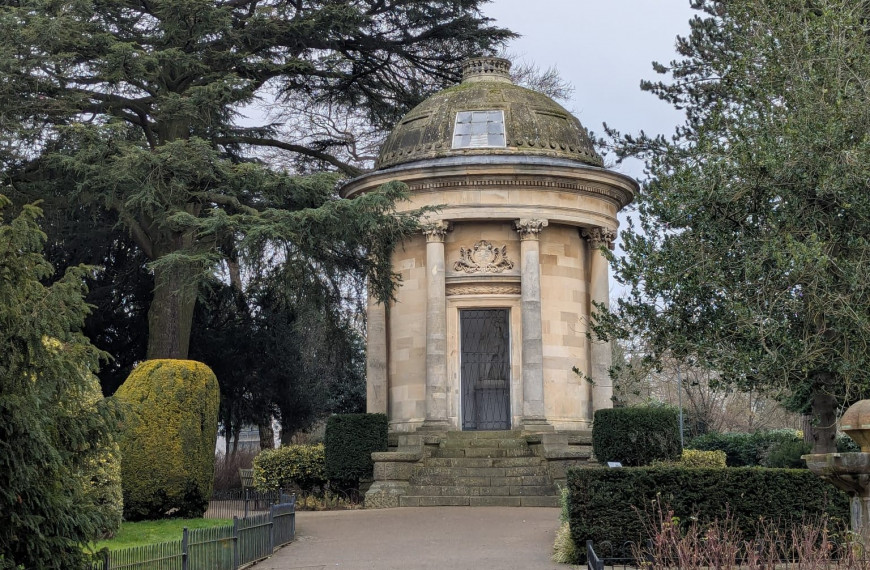As we celebrate a century of existence as an organisation, we have revisited articles from our annual journal to draw inspiration for our events programme. For 2024 we have curated a series of events we trust will captivate participants and serve as a tribute to our rich past.
Crosby Hall, now known as Crosby Moran Hall following its purchase by Dr Christopher Moran in 1988, was built by Sir John Crosby, a textile merchant, between 1466 and 1475 in Bishopsgate, London.
Most houses in London at that time were built of timber, but this impressive house, described as ‘very large and beautiful and the highest at that time in London’, was made of stone.
Following Crosby’s death in 1475, the house passed through the hands of several wealthy merchants and noblemen, most notably Sir Thomas More, who leased it between 1523-1524. Despite escaping the Great Fire of London in 1666, the house suffered from two serious fires in the 1670s, but managed to be saved. Its purpose then changed, its large spaces used for meetings and as warehouse storage, and later in the 19th century, a restaurant.
The building was then acquired in 1907 by the Chartered Bank of India, Australia and China, which pushed for its demolition, leading to public uproar. The proposal went ahead, but the bank allowed time for detailed surveys and records to be made and all reusable materials to be labelled and saved, so that later in 1910, when Walter. H. Godfrey was appointed to rebuild it in a new location at Cheyne Walk opposite Battersea Bridge, much of the original material was available to be reused to recreate the house.
Since it was purchased by Dr Moran, the house has reverted to its original use as a private residence and has been developed and adapted in keeping with 16th century architectural design.
HB&P is extremely grateful to Dr Moran for opening his home to the society for a tour in October 2024! Find out more about this rare opportunity to visit on our website here (https://hbap.org.uk/visit-to-crosby-moran-hall-london/), or discover more about the history and architecture of this unusual house in our Transactions Vol 26, 1982.


